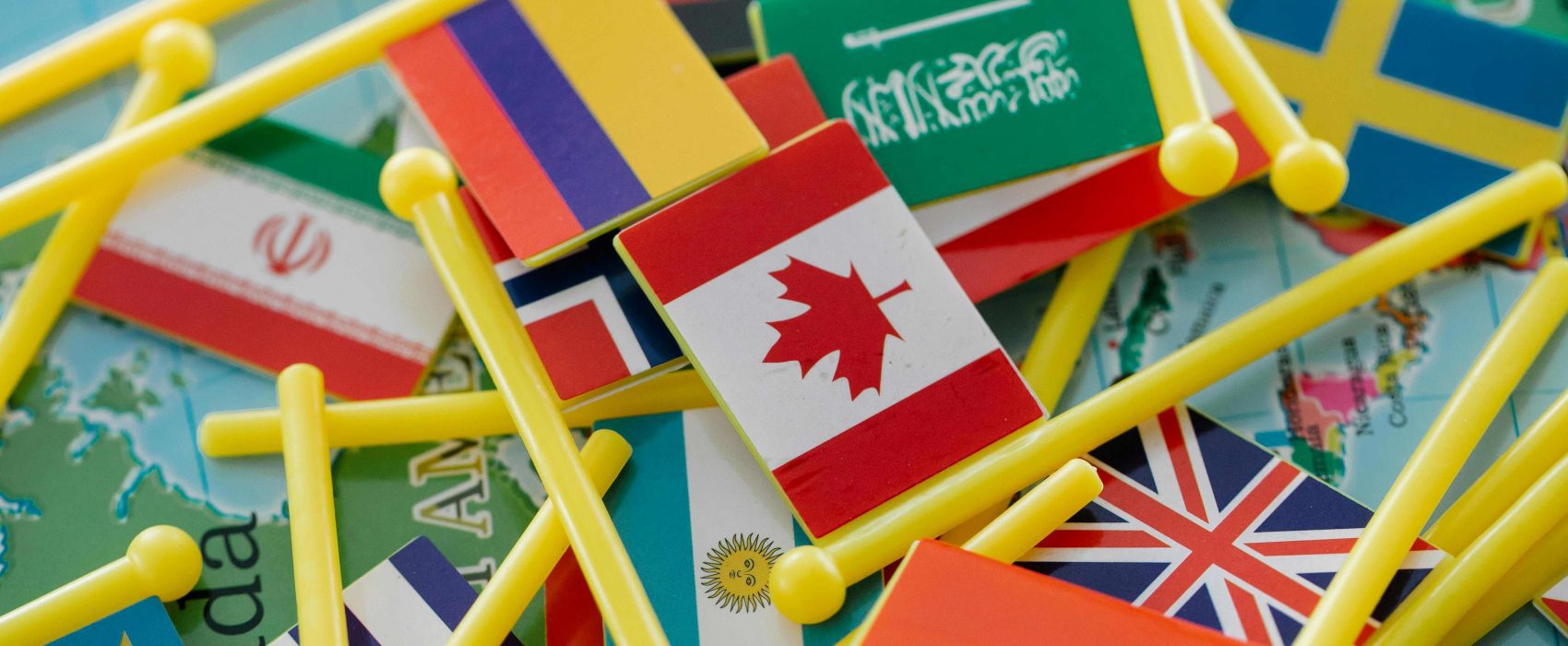Language, a vibrant and dynamic force, constantly
evolves at the crossroads of cultural, societal, and individual influences. A
particularly fascinating phenomenon in this evolution is linguistic blends,
where elements from two or more languages interweave, creating new forms of
expressions which if found in the source for transcription or translation language
translators must consider in the language translation
process. This linguistic phenomenon showcases the fluidity and adaptability
of language in bilingual or multilingual areas and illuminates how languages
mingle and morph.
Linguistic blending has a long history,
reflecting the adaptability and interconnectedness of languages. Emerging from
ancient trade routes to modern global networks, these blends bridge cultures,
facilitating mutual understanding. They embody the human experience of
migration, colonization, and the enduring pursuit of connection.
Expanding the Lexicon of Examples
While “Spanglish” and
“Franglais” are well-known examples, “Wenglish”—a blend of
Welsh and English that incorporates Welsh grammar, vocabulary, and
pronunciation—is also familiar to many. The linguistic landscape of language
blends is remarkably diverse, spanning continents and cultures.
For instance, “Hinglish,” a blend of
Hindi and English, is widely spoken across India, reflecting the country’s
colonial past and its contemporary global ties. Similarly,
“Singlish,” emerging from a mix of English, Tamil, and Chinese,
mirrors Singapore’s multicultural tapestry. Singlish reflects the multicultural
makeup of Singapore, incorporating elements from the various languages spoken
by the different ethnic groups in the country. This results in a rich,
expressive form of communication full of colloquialisms, loanwords, and unique
expressions. While commonly used in informal settings among Singaporeans, the
use of Singlish in formal situations or in the media is discouraged by the
Singaporean government, which favors Standard English for global business and
international communication.
Transitioning to Malaysia, “Manglish” presents another
fascinating instance of linguistic blending. Characterized by its informal,
colloquial nature, Manglish is heavily influenced by the linguistic diversity
of Malaysia, including Malay, Chinese dialects,
Tamil,
and other indigenous languages. Similar to Singlish, its use is discouraged in
formal education and official communications, where Standard Malaysian English
and Bahasa Malaysia are preferred. Manglish, however, remains a vivid
reflection of Malaysia’s own multicultural landscape, showcasing the dynamic
interplay between language, culture, and identity in the region.
For African Languages, “Sheng” blends Swahili and
English, along with other Kenyan languages, evolving rapidly with urban youth
culture. These examples underscore the global prevalence and cultural
significance of linguistic blends.
Sociolinguistic Implications of Linguistic
Blends
Linguistic blends do more than enrich vocabularies; they shape identities, communities, and social dynamics. They serve as markers of belonging and exclusion, enabling individuals to navigate complex multicultural landscapes. However, this blending can also spark debates over language purity, identity, and heritage, highlighting the tension between globalization’s homogenizing forces and the preservation of linguistic diversity. In multilingual societies, these blends often influence language policies and educational practices, reflecting broader cultural negotiations and adaptations.
Criticism: Erosion of traditional
vocabularies
Despite their rich contributions to linguistic
diversity, linguistic blends face criticisms. Purists argue they dilute
languages, eroding grammatical rules and traditional vocabularies. Language
learners may find blended forms challenging, complicating the acquisition of
“standard” languages. Yet, these blends are inevitable and natural
outcomes of language contact, reflecting the resilience and creativity of human
communication. Acknowledging these challenges while celebrating the adaptive capacity
of language can offer a more nuanced understanding of linguistic blends.
The Future of Linguistic Blends
In today’s digital era, the pace and reach of
linguistic blending are unprecedented. Social media, online communication, and
increased mobility accelerate the creation and spread of blended forms. These
digital platforms serve as fertile ground for the emergence of new blends,
transcending geographical boundaries and creating virtual linguistic
communities. As we look to the future, it’s clear that linguistic blends will
continue to evolve, mirroring the complexities and dynamism of human
interaction in a connected world.
Linguistic blends are much more than curious
amalgamations of language; they are vibrant expressions of cultural hybridity,
adaptability, and creativity. By examining the historical roots, diverse
examples, sociolinguistic implications, and future prospects of linguistic
blends, we gain deeper insight into the nature of language itself—a fluid,
evolving medium for human connection.
As we navigate an increasingly interconnected world, understanding and
appreciating these linguistic tapestries can enrich our appreciation of the
human experience and the myriad ways we communicate and connect across
cultures. VEQTA stands ready to assist your company navigate through the
linguistic landscape not only via our array of our professional language translation
services but we can provide a more encompassing Localization
Governance Service and consultation as well as linguistic assessment
of existing translated content your company may already have in
circulation.


